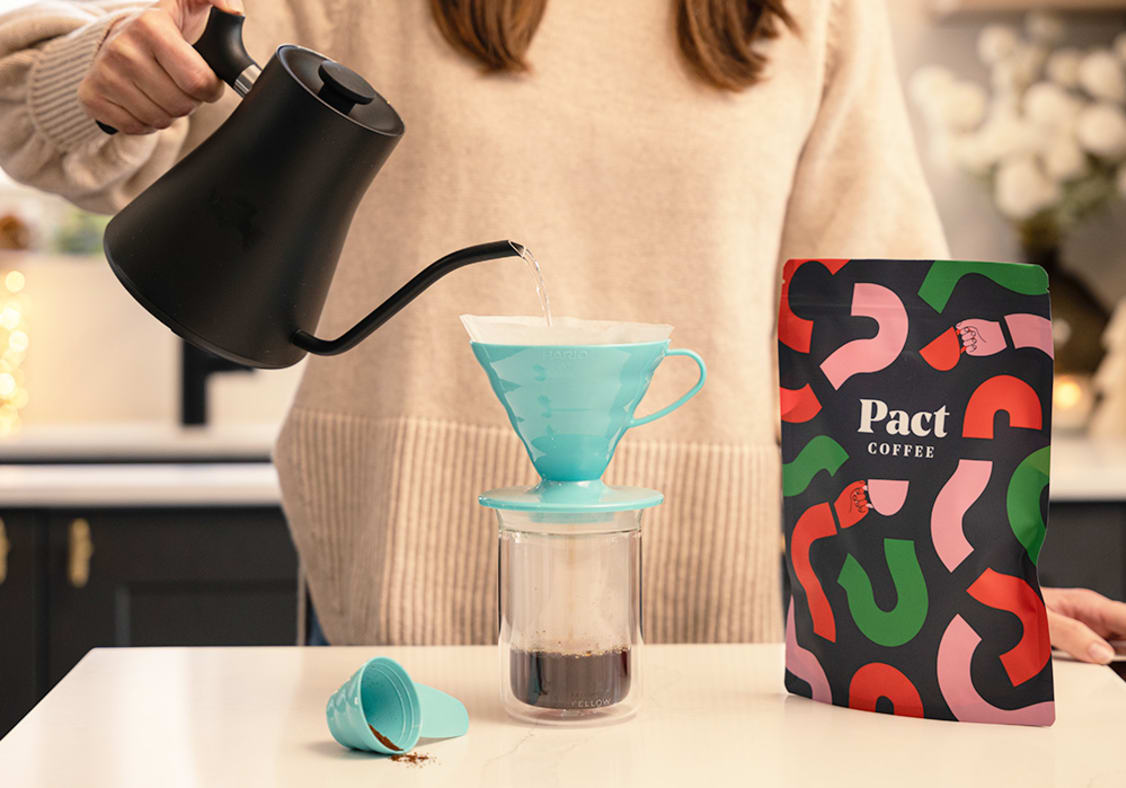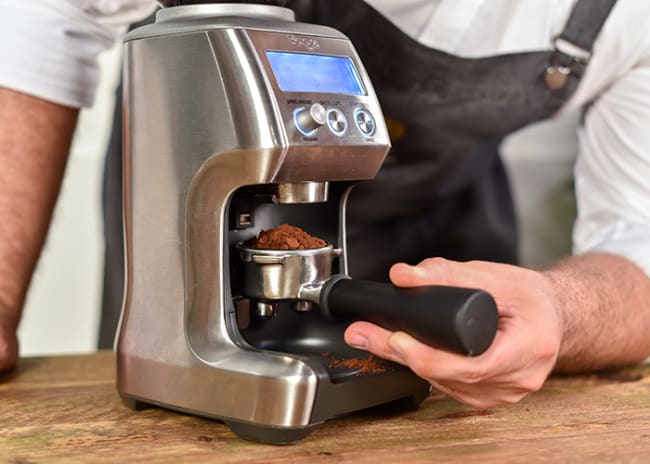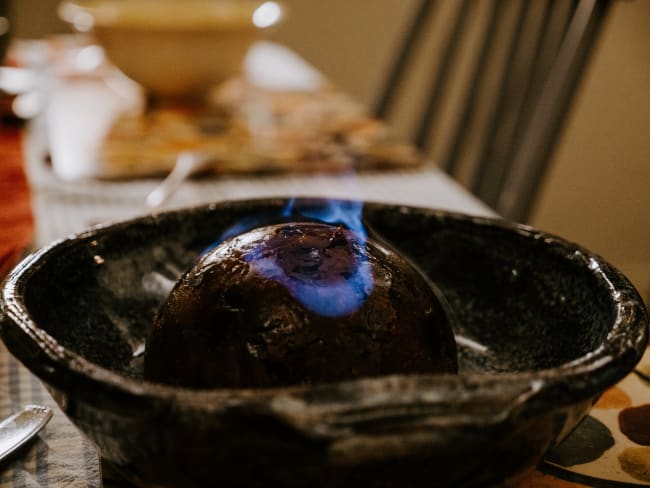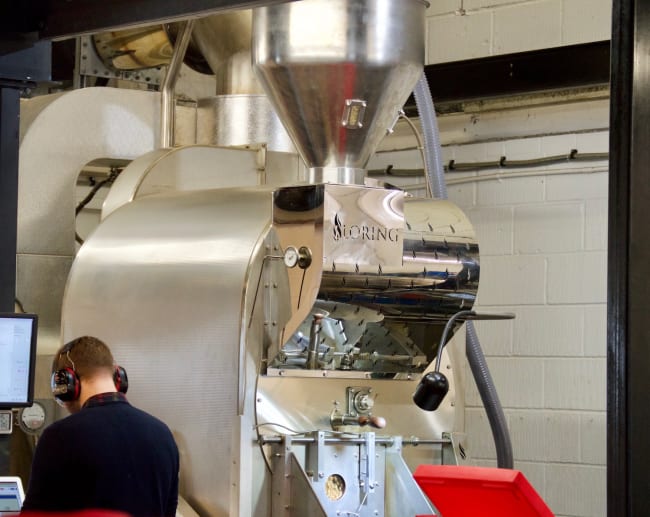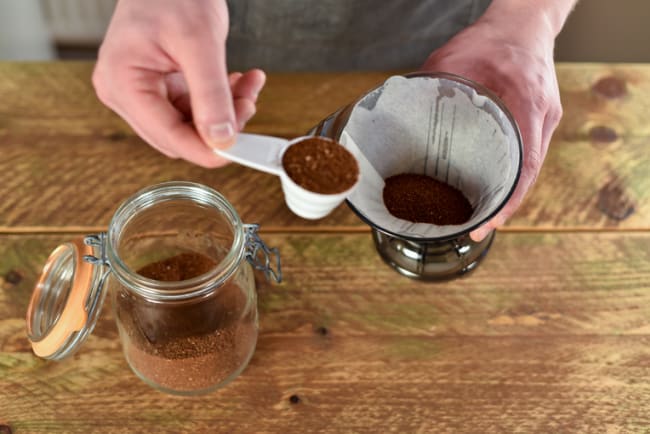Top tasting tips
Temperature
Although that first sip of a fresh, piping-hot cup of coffee at the start of your day hits like no other, the flavours in a black coffee are most pronounced when the temperature has gone down slightly.
We’re not saying let it get stone cold, but resisting temptation and letting your first cup cool for a couple of minutes can massively impact what unique bursts of flavours your tastebuds can detect - give it a try.
Conduct a taste test
An easy-yet-effective way to figure out what flavours you enjoy is to taste two coffees which have completely different roast styles, origins, and flavour profiles.
Pick up a decadent, chocolatey dark roast from South America and a juicy, fruity light roast from Africa, brew them simultaneously and taste them back-to-back. We guarantee even if you’ve just started out on your speciality journey - you’ll be able to taste the difference.
Finding your flavour
Discovering your preferred coffee flavours requires experimentation and observation. By sampling a variety of coffees from different regions, flavour profiles, and roast levels, you can refine your palate and uncover your personal preferences.
Remember that taste is subjective, so grab your favourite brewing equipment - perhaps a sleek Sage espresso machine, a trusty Hario V60, a dynamic AeroPress or a classic cafetière - and embark on a journey of exploration. Keep an open mind, trust your taste buds, and don’t be afraid to venture beyond your comfort zone.
Whether you’re drawn to the vibrant, fruity flavours of Rwandan coffees or the smooth, chocolatey richness of Brazillian beans - there’s bound to be a perfect cup for you, just waiting to be savoured.






